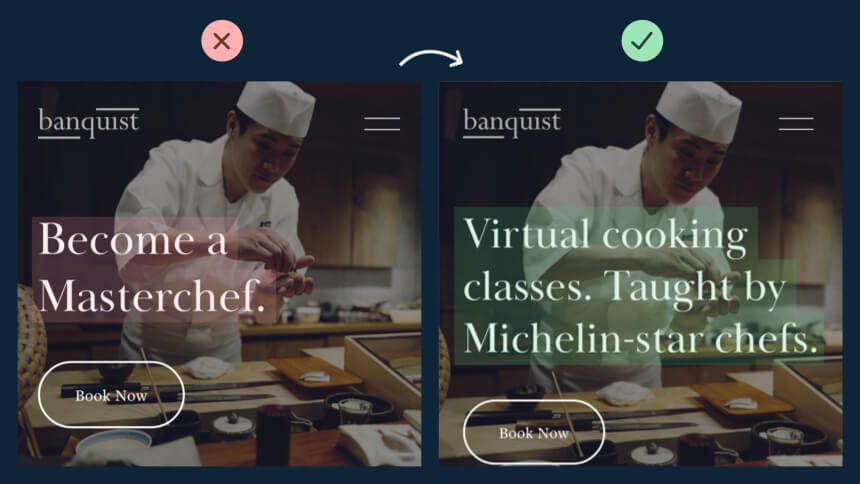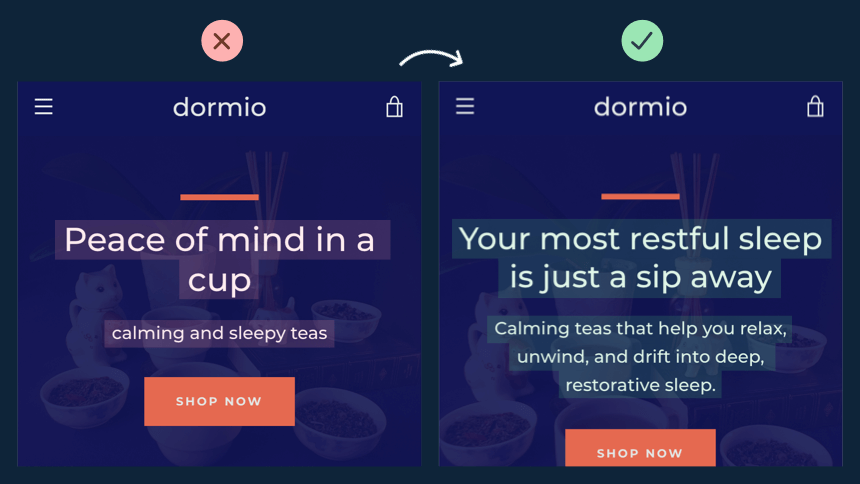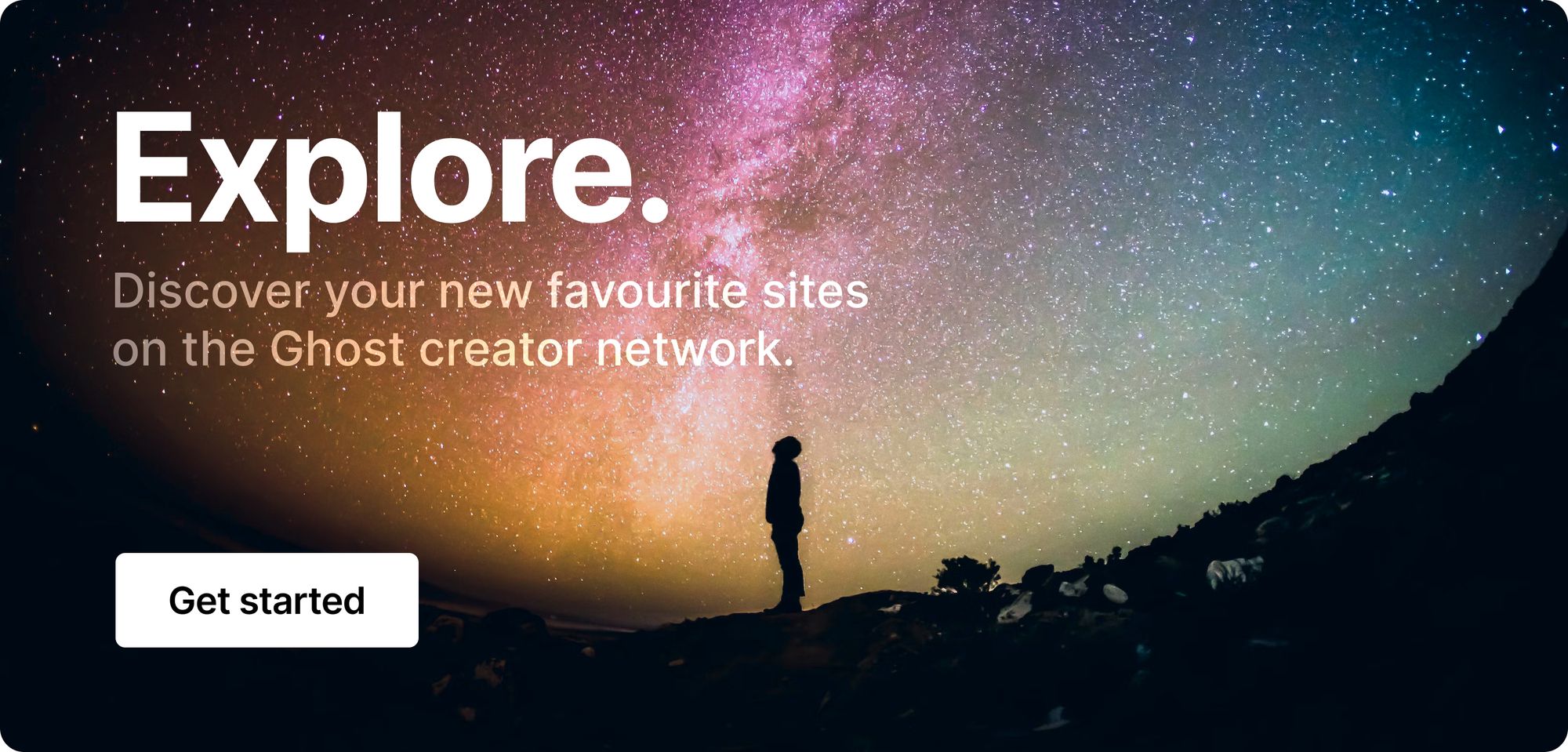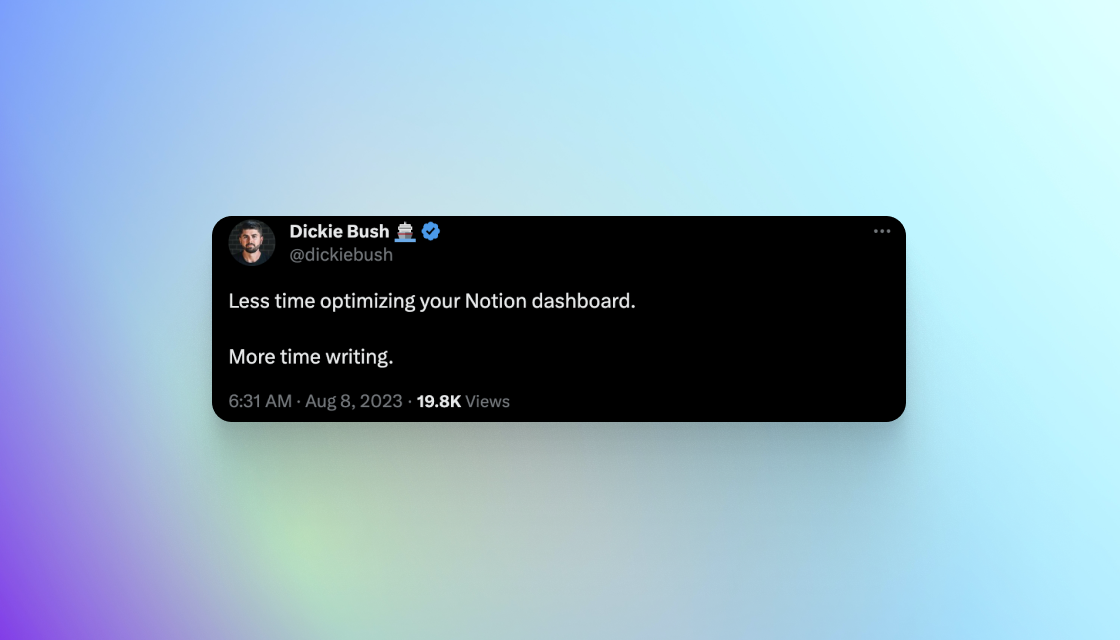🔮 Unlock the magic of copy that converts
Welcome back, folks! Quick announcement: After more than 5 incredible years of crafting and sharing the Ghost newsletter, we've decided to transition to a bi-weekly schedule. Don't worry, we're still committed to bringing you in-depth stories from across the creator economy. Mark your calendars, as our next treasure trove of insights will now grace your inboxes every two weeks. Thank you for your continued support and readership! 🌟
💬 In this week's issue:
- Learn how to rewrite your landing page copy like a pro.
- Don't overcomplicate things. Keep your marketing simple.
- Find out how to protect (and unlock) the creative magic in your work.
Was this email forwarded to you? Subscribe here!
Unlock the secrets to high-converting landing pages

In case you missed our last issue, we announced an exciting new feature in Ghost that makes it possible to build even better landing pages. So we couldn't resist following that up by sharing some great copywriting tips that can help you turn those pages into powerful conversion engines!
In a recent Marketing Examples post, author Harry Dry and copywriting pro Annie Maguire rewrite the copy of several company landing pages. The insights and examples are so digestible that you can apply this knowledge to your own landing pages right away! Here's the takeaways:
- Put yourself in the customer's shoes. What do they care about the most? For example, if they care about saving time, make sure your copy shows them how they will do that!
- Instead of being vague, get really specific and highlight the uniqueness of what you offer. Lead with what makes you stand out from the competition.

When you've got a unique product the golden rule is to let the product speak for itself.
- People are interested in outcomes, not products. In the example below, the original copy simply explains what the product is. The improved copy explains what the outcome is, and taps into what potential customers desire.

- Handle the common objections people might have, in as few words as possible, like this:

- Figure out what the emotional pull to your work is, and highlight that in your copy. This means figuring out what gets your audience excited.
- Always add social proof. How many subscribers do you have? How many people has your work helped? Include this in your landing page copy.
- Be concise. Less is often more. Don't expect people to read huge blocks of text on a landing page that is designed to sell.
Write the title only you can.
Interesting stories & ideas 📚
- How to create content on LinkedIn that actually gets engagement
- 3 ways to keep content quality high (even at scale)
- Why you need to personalize your cold outreach emails
- 13 SEO tactics to help you get more traffic
- 9 things Grub Street Journal learned making an indie print magazine
Are you overcomplicating your marketing?

It's easy to fall victim to shiny object syndrome and start believing that we must do all of the things in order to grow. But as IndieHackers member Dan Kulkov argues, sometimes this leads to an overcomplicated strategy. In a recent post, Dan shares some tips that can help you keep things uncomplicated and gain more clarity in your approach to marketing.
- Start at the bottom — Focusing on getting as many website visitors as possible is not useful if you can't convert any of those visitors. Start at the bottom of your funnel and make sure you have a clear and compelling offer. "Chase conversions. Not clicks".
- Do your research — Don't neglect learning all there is to know about your market and competitors. Doing research can have a profound impact on your business and the decisions you make later.
- Simplify — Design a marketing funnel that is simple and effective. Lean on one primary acquisition model, one key activation moment, and one key offer to sell to your audience.
Conversion Rate Optimization isn’t a magic spell to make people love you. It’s about designing a marketing funnel that takes in new users, communicates your product’s value, and helps them to pay you money.
- Don't forget to nudge — Most people aren't ready to purchase from the get-go. Make sure you are nudging your audience by addressing common objections and building trust. In short: Make what you offer more desirable. Some great tools to use for nudging your audience include creating offers and discounts for new customers and offering free trials.
- Don't do difficult things until you get your first customer — If you put too much effort into long-term strategies like SEO before you have verified demand, you run the risk of having to pivot and start over.
- Pick one thing — You don't need to do everything all at once. Be focused, pick something to work on, and work on that until you've nailed it.

Protecting the magic of your creative work

There's a captivating essence that comes from discovering your own personal process of creativity. It's raw, it's messy, and it's powerful. Once you find your secret formula, you feel like a superhero that can accomplish anything, but how do you protect yourself when something tries to knock you off your pedestal? Sammy Maine over at The Creative Independent chats with writer Nana Kwame Adjei-Brenyah on how to shield yourself from external (and internal) demons.
There may be a set of rules, but it’s for you and it may change all the time. So basically there is none. If there was one way of doing it that was correct, a lot more people would do it. Also that wouldn’t be art. Part of the magic is our diverse processes. Part of the magic is the ways we contour our lives around the thing. – Nana Kwame Adjei-Brenyah
Here's how to craft the perfect creative potion:
- Switch up your workflow, and break your own rules. Consistency is powerful, but shaking up your muscle memory can lead to exciting paths.
- Take your time, and don't force it. You can't always rush through the creative process and hope brilliance will gush out naturally.
- Don't focus too much on numbers and algorithms. Concentrate on the human aspect of your work to block out any distractions.
- Protect your content. Your creative work is who you are. Make sure that you have a sturdy support system, both professional and personal.
- Mentor others. Connect with the community around you, and teach those who want to learn. Inspiring others is a creator cornerstone!
If I can help someone feel like they deserve to be a little bit more as an artist or as a person, that matters a lot and I think some of these writers forget that you have that. It matters how you move. A lot of it’s connected to teaching. That’s why I like being a mentor to someone because I’ve had really great mentors and I like creating spaces where people can discover a way. You have this power just like anybody else. – Nana Kwame Adjei-Brenyah
You're in control of your own destiny. Your creative magic lies in who you are and what makes you happy. Protecting your work by staying true to what speaks to you, and inspiring others to do the same, is as close to "perfect" as you can get. The rest is just beautiful chaos. 💥
Curator's pick

Enjoy this newsletter?
Forward to a friend, sharing is caring.
Anything else? Hit reply to send us feedback or say hello. We don't bite!
Join an invite-only community! Connect with like-minded people who create content professionally — apply here.






